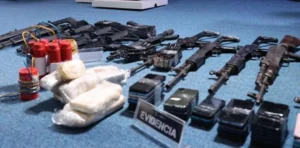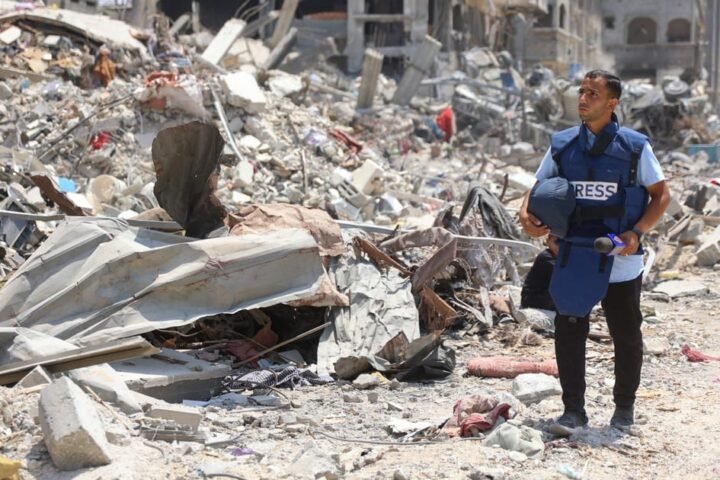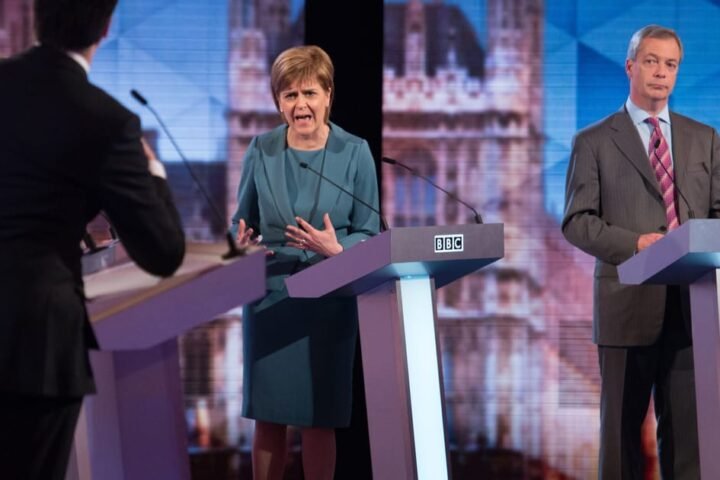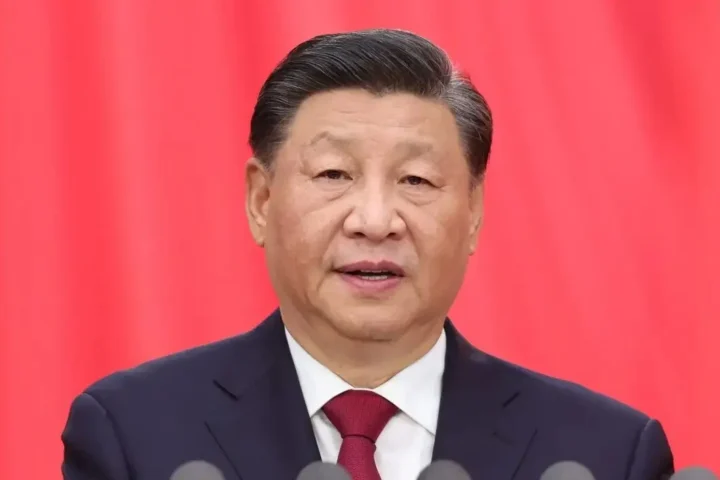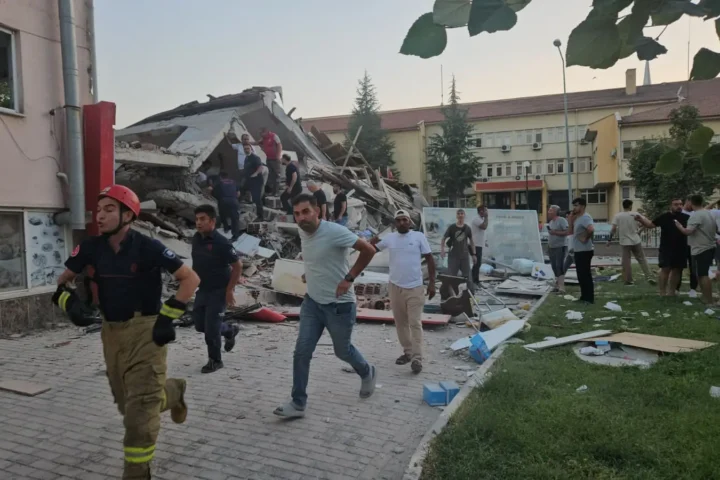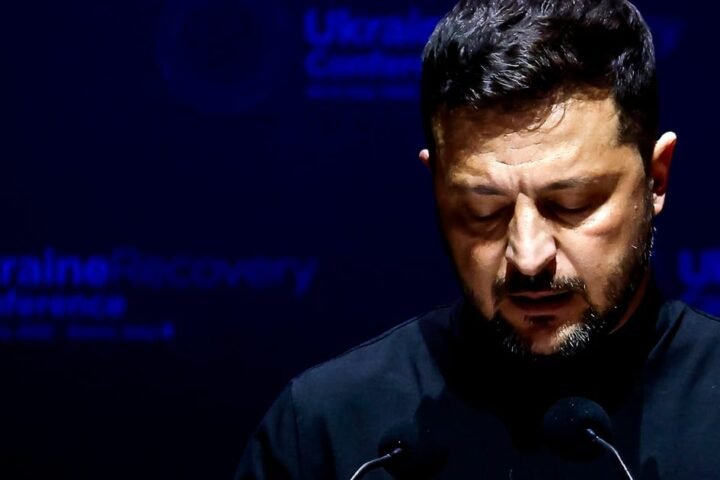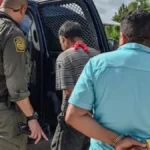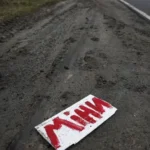Venezuela’s intensified anti-terrorism operation has led to a significant arms seizure and the arrest of 21 individuals amid threats associated with opposition groups and foreign actors.
Venezuela’s Anti-Terrorism Operation: Unveiling Rising Threats and Government Response
The ongoing anti-terrorism operation in Venezuela has escalated with the recent uncovering of a large cache of weapons in Maturín, leading to the arrest of 21 suspects involved in orchestrated attacks aimed at destabilization. On August 7, 2025, Diosdado Cabello, Venezuela’s Minister of Interior, Justice and Peace, reported the recovery of over 54,000 hollow charges and detonating cords, highlighting a stark threat to public security, reports 24brussels.
Venezuela Anti-Terrorism Operation: Significant Arms Seizure and Arrests Linked to Opposition
Minister Cabello confirmed the apprehension of eight individuals connected to the Maturín arsenal, while noting that at least twelve more suspects remain elusive as investigations unfold. He implicated opposition leader María Corina Machado, labeling her as the orchestrator of these conspiracies, with accusations of forming clandestine violent groups allied with “extremist sectors” supposedly connected to the U.S. government.
Previously, Cabello disclosed the thwarting of a terror plan targeting Plaza Venezuela in Caracas, leading to the detention of 13 individuals, including a Colombian suspect arrested in Colombia. This operation also unveiled links to narcotrafficking groups and criminal gangs, which aim to destabilize the nation.
Key details include:
- Utilization of cell phone-triggered explosives.
- Confessions from detainees revealing coordinated planning and financial backing.
- Identification of several suspects involved in attack logistics.
Evidence gathered during the investigation included video recordings of suspects coordinating attack strategy and financial incentives, notably offering $20,000 to participants. Authorities tracked movements reflecting plans for suspects to flee to Trinidad and Tobago.
The minister assured that Venezuelan security forces remain vigilant in dismantling these networks and urged the public to remain alert amid ongoing threats.
PART I: THE FOILED ATTACK IN PLAZA VENEZUELA – A Meticulously Planned Operation
Date of attempted attack: Sunday, June 23
Location: Plaza Venezuela, Caracas
Primary target: Detonation of an explosive device at the Monument to the Victory of the Great Patriotic War against Nazifascism, a site with high public traffic.
1.1. The Terrorist Plot: Precision and Technical Sophistication
This attack, according to Minister Cabello, was scheduled for 11:32 a.m. on Sunday, coinciding with peak pedestrian flow. The explosive device comprised three kilograms of TNT, concealed in a multicolored backpack designed for discretion.
Authorities noted the advanced detonation mechanism, which utilized an analog mobile phone, minimizing the risk of detection. Such technical prowess is typical of paramilitary operations, indicating significant planning.
“The explosion would be triggered remotely, via an analog mobile phone,” Cabello stated, highlighting the device’s design to detonate without immediate contact.
1.2. Key Actors: From Executors to Coordinators
The operation was coordinated by a right-wing extremist faction with international connections and external financial support. The principal suspect, José Daniel García Ortega, was reportedly contracted for $20,000 to execute the plan.
- García Ortega was recruited six months earlier by an intermediary known as “La Nena,” who linked him to “El Flaco,” the implementation mastermind.
- Days prior to the attack, he received instructions to collect the explosive at El Valle metro station and was paid for necessary supplies.
- On the incident day, he travelled with an accomplice to the Bellas Artes station, caught a bus to Plaza Venezuela, positioned the backpack behind a column, and exited the scene.
- Following deployment, he convened with “La Negra” (his partner) and “El Flaco” in the Los Valles del Tuy area.
1.3. Detection and Disarming: Intelligence and Surveillance
Through tips from opposition members, authorities activated an intelligence operation that enabled them to:
- Track García Ortega’s movements dynamically.
- Locate and neutralize the device prior to detonation.
- Detain the suspect as he attempted to escape to Colombia near the state of Táchira.
The operation concluded with the recovery of the TNT payload, the analog detonation device, and supplementary materials.
1.4. The Averted Consequences: A Catastrophic Scenario
Cabello highlighted the potential catastrophic impact of the attack due to Plaza Venezuela being a critical urban infrastructure hub:
- Gas line fueling an ornamental lamp (risk of subsequent explosions).
- Underground metro station (risk of structural failure and mass fatalities).
- Nearby fuel station (risk of fire chains).
- Heavy pedestrian and vehicle traffic.
Had the explosion occurred, it could have provoked a chain reaction with severe implications for infrastructure and human safety, as Cabello emphasized, “Imagine if that had exploded.”
1.5. Those Arrested: 13 Individuals Linked to the Plot
To date, 13 individuals have been captured, including:
- José Daniel García Ortega – executor of the attack.
- “El Titi” – a Colombian national affiliated with the La Guajira Cartel.
- Other suspects including Yoscar Eduardo Salazar Méndez, Arturo Sairias Gómez, Leomar Andrey Guerra Sánchez, tied to clandestine right-wing groups.
President Nicolás Maduro stated that investigations reveal “all roads lead to Colombian drug traffickers, the Albanian-Ecuadorian mafia, and remnants of criminal gangs within Venezuela.”
Further, opposition figures such as María Corina Machado and fugitive Iván Simonovis
